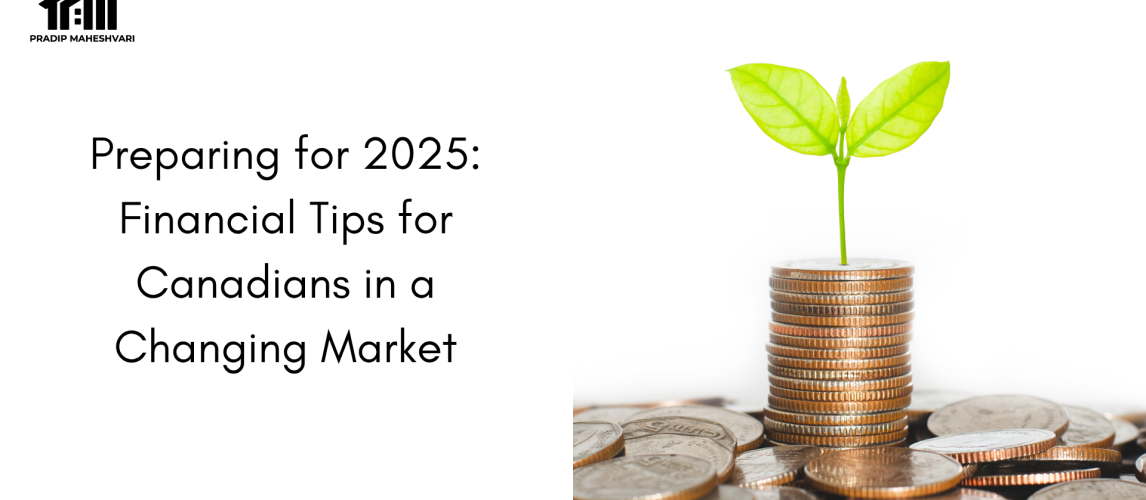As the Canadian economy heads into 2025 with inflation, rising interest rates, and cost-of-living pressures top of mind, Canadians need a proactive financial strategy more than ever. Planning early can help you stay ahead of uncertainty and protect your future. This guide offers clear, actionable financial tips for Canadians navigating economic shifts.
How to Prepare Financially for 2025 as a Canadian
A solid financial plan in 2025 must reflect today’s challenges and tomorrow’s unknowns. Here’s how to protect your finances in a volatile economy.
- Build a Budget That Reflects Rising Costs and Inflation
Factor in increases in groceries, housing, and transportation when updating your monthly budget. Prioritize essential expenses and look for ways to cut discretionary spending. Budgeting apps like YNAB or Mint, tailored for Canadians, can help you visualize your spending.
- Increase Emergency Fund Targets for Uncertain Times
Experts now recommend at least 6 to 9 months of living expenses in an emergency fund, especially with job market fluctuations and healthcare costs on the rise.
- Pay Down High-Interest Debt Before Rates Rise Again
Focus on eliminating credit card debt and high-interest loans first. With Bank of Canada rate hikes still a possibility, reducing your debt load now can protect your cash flow later.
- Maximize TFSA and RRSP Contributions Strategically
Use your TFSA for tax-free growth and short-term goals; reserve your RRSP for retirement savings and long-term tax advantages. The contribution room is a key asset, so remember not to let it go unused.
- Use Budgeting Apps and Tools Designed for Canadians
Choose tools that align with Canadian tax systems, bank integrations, and spending categories. KOHO, Hardbacon, and Wealthica are excellent local options.
- Diversify Investments for a Volatile Global Market
Avoid putting all your savings in one asset class. Combine ETFs, GICs, real estate, and equity investments to weather different market conditions.
- Plan Big Purchases Carefully Amid Economic Shifts
If you’re considering buying a car, home, or taking a large loan, assess timing carefully. Lock in fixed rates and avoid overextending your debt ratio.
- Review and Adjust Your Financial Goals Quarterly
Track income, expenses, and investment performance regularly. Make data-informed adjustments each quarter instead of waiting until year-end.
Smart Ways to Adapt to a Changing Canadian Economy
- Track Key Trends: Follow interest rates, inflation outlook, and new government incentives.
- Adjust Insurance, Housing, and Education Plans Accordingly: Rising costs may affect coverage needs and future financial priorities.
- Seek Professional Financial Advice Early: Don’t wait for a crisis to consult an expert.
- Take Advantage of Canada-Specific Tax Credits and Grants: Look into credits for home renovation, education, or clean energy.
- Automate Savings and Investing: Consistent contributions beat market timing.
Conclusion
Financial success in 2025 comes from planning, awareness, and consistent action. By tailoring your budget to reflect today’s real costs, paying down high-interest debt, and using tools built for the Canadian market, you can protect your financial well-being through whatever the year brings. Make quarterly adjustments, leverage your TFSA and RRSP, and don’t hesitate to seek expert advice when needed. Financial stability is within reach when you plan with purpose.


No comment yet, add your voice below!